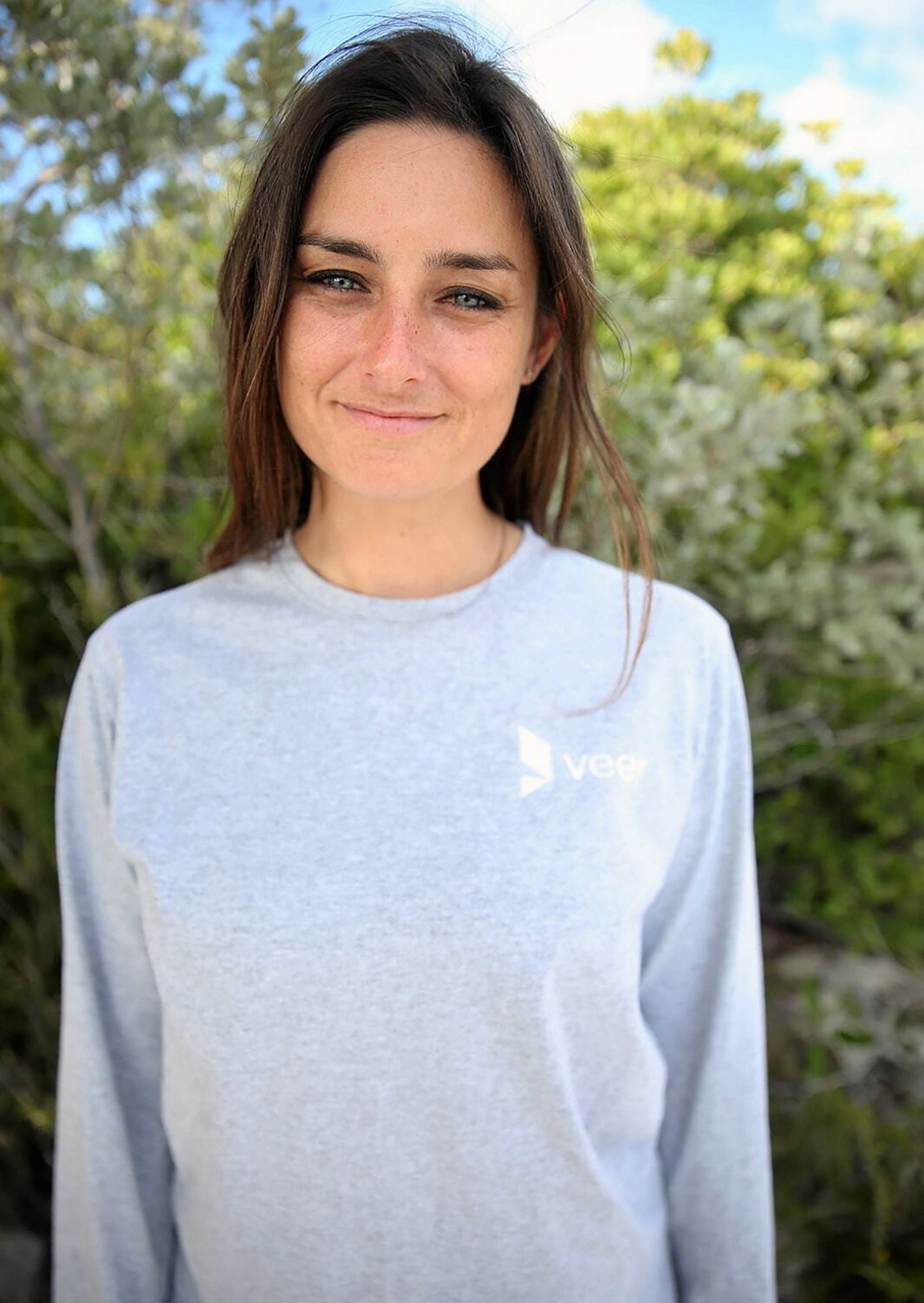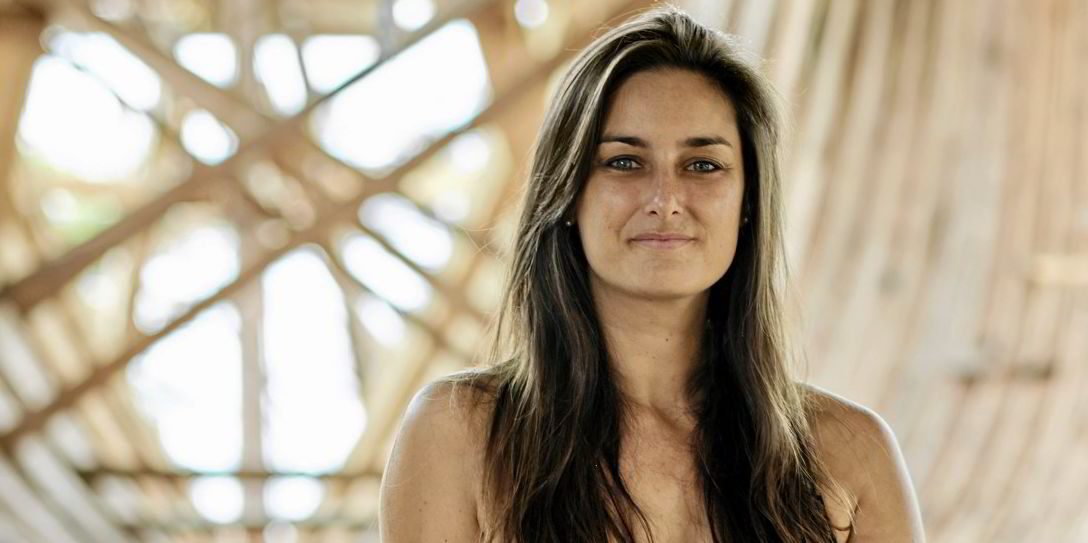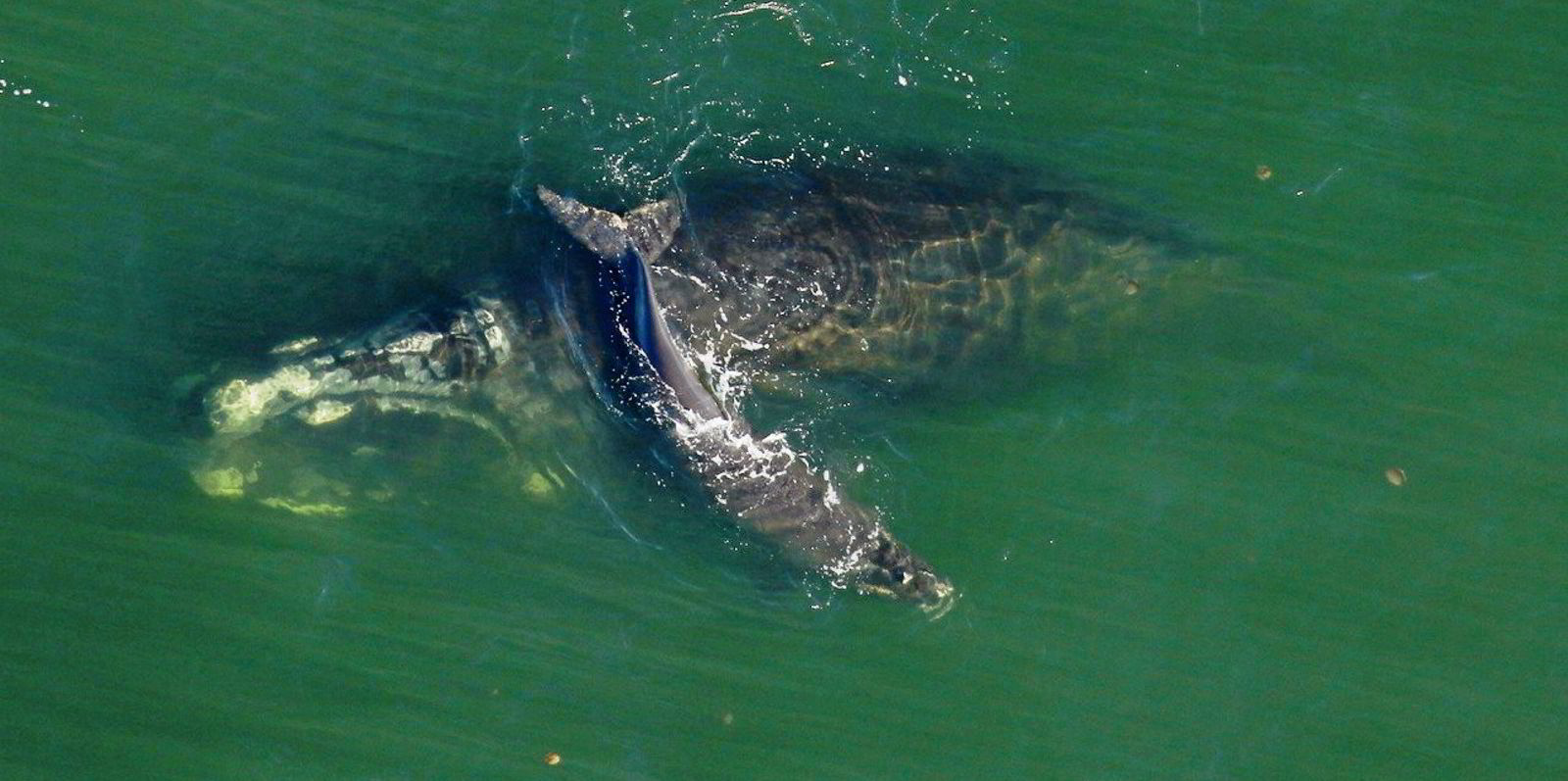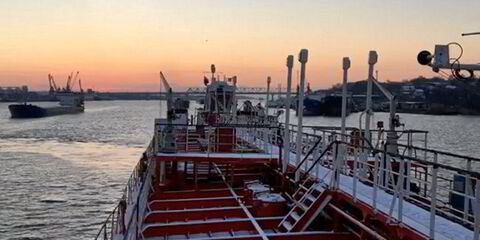Danielle Southcott started sailing tall ships in Lake Ontario aged 13 and she has dedicated her life to sailing ever since.
Today, she is at the helm of Veer Voyage, a zero-emission cargo ship start-up with a strong social conscience that aims to become part of carbon-free supply chains for future fuels like green hydrogen.
Southcott obtained her 200-tonne master’s ticket at 21 and later became captain of the cargo schooner Ruth, the flagship of Barbados.

In 2021, her sailing career and social enterprise work evolved into Veer, which she describes as a “revolutionary shipping company that is more focused on energy and bold business-model decisions than most traditional shipping companies”.
Veer submitted its tender packages in August to shipyards for two vessels of around 150 teu in capacity and about 100 metres long, fitted with DynaRig sails. Wind will be the primary source of propulsion, with hydrogen fuel cells providing auxiliary power.
“Design number one, as we’re tentatively calling it, is specifically designed for containers, although we can also take project cargo,” says Southcott, who spent last summer with her partner in Nova Scotia living on board a sailing vessel appropriately named Sea Change.
Ten shipyards have expressed interest in the project and Veer is waiting for quotes. The company so far has been financed by angel investors and hopes to raise more funds.
Cargo capacity is small, which typically would peg the ships as feeder vessels. But Veer is bucking convention.

“This is where we go back to our bold business model decisions in that, although the size is traditionally a feeder vessel, we will be operating primarily on a liner service, even really aiming at transatlantic [trade],” she says.
“We’re able to do this, given that for the longer routes we’ll be using almost exclusively wind power, which of course, once you have the capital expense provided for, the rigging is free, so we do have unlimited range, which is unique. This allows us to have quite a niche service.”
The Veer ships will be designed for speed, reaching up to 18 knots under sail alone.
They will also be built to the silent class notation to minimise underwater radiated noise, also known as bio-acoustic pollution. “That is an emission, and we’re not calling it one,” Southcott says.
Veer has already secured a letter of intent from Gen2 Energy, a Norwegian producer of green hydrogen.
“They intend to move this green hydrogen to mainland Europe from Norway, and in order for them to maintain the status of green hydrogen, they have to be using clean shipping, so we’re getting a whole new range of types of clients that must use green shipping in order to maintain their green status,” she explains.
There is also interest from another potential client consortium, which Southcott says is linked to an off-taker of LNG and is interested in chartering a vessel for 20 years or so.
“They would be going from the Americas into the Mediterranean for moving LNG. There’s some really interesting designs because they would like to move specifically to small islands to provide gas,” she says.
The vessels’ small size will allow one client to fill one or two ships and therefore control port calls, something not possible when booking slots on conventional boxships.
But Southcott also feels a strong social responsibility with Veer. “We have already invested in and will continue to invest in our crew, working to train crew not only in sailing, ship handling and hydrogen safety, but also just the values and protocols on board,” she says.
Veer particularly wants to develop female seafarers and has pledged to take on cadets from the Captains Without Borders programme, which secures work placements for individuals who would not otherwise have fair access to seafaring careers.
Southcott also wants Veer to become a “sandbox” for trying out new clean technologies and being an early adopter .
“We’re really promoting a shift in a business model and energy approach,” she says.

“When we finally have these ships launched, that’s going to be our platform or springboard with which we can channel and trial all kinds of different technology, whether it’s our own or patented by other companies.
“If you want to talk about flexible solar panels, solar sails, any crazy new innovative technology or application or business model, then we can really be trialling those and differentiating our service, specialising our service and growing.”




